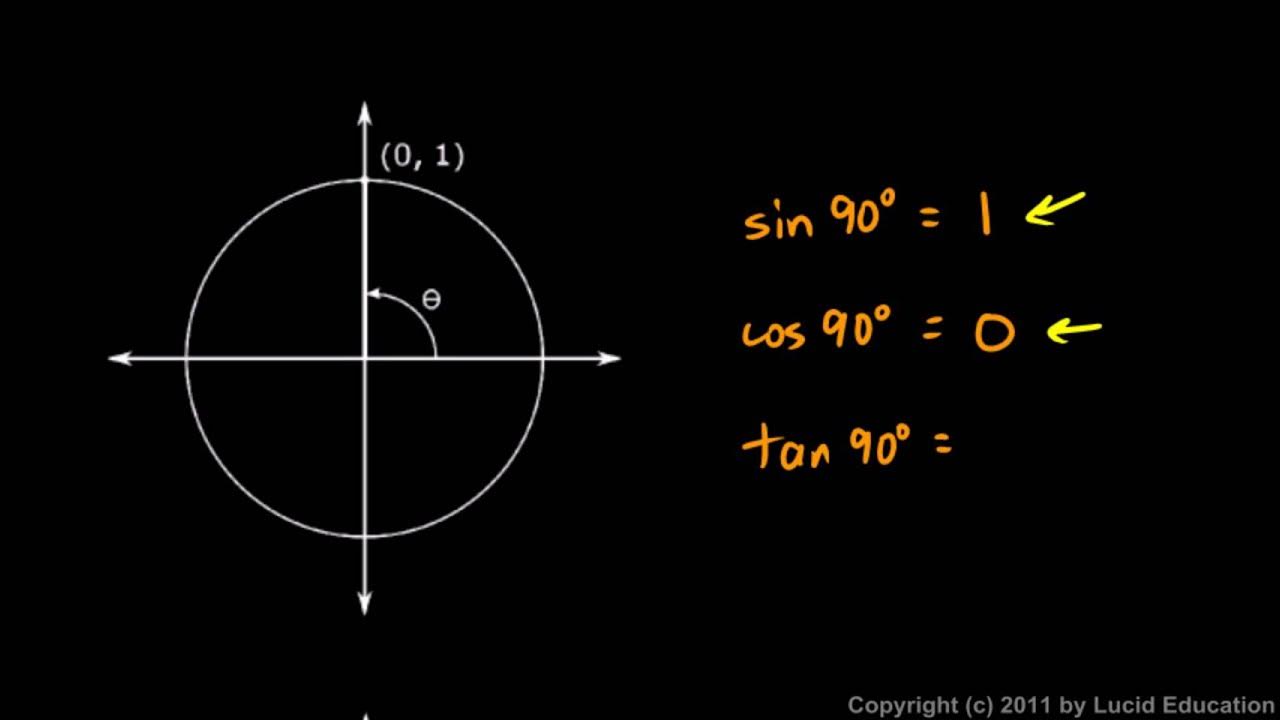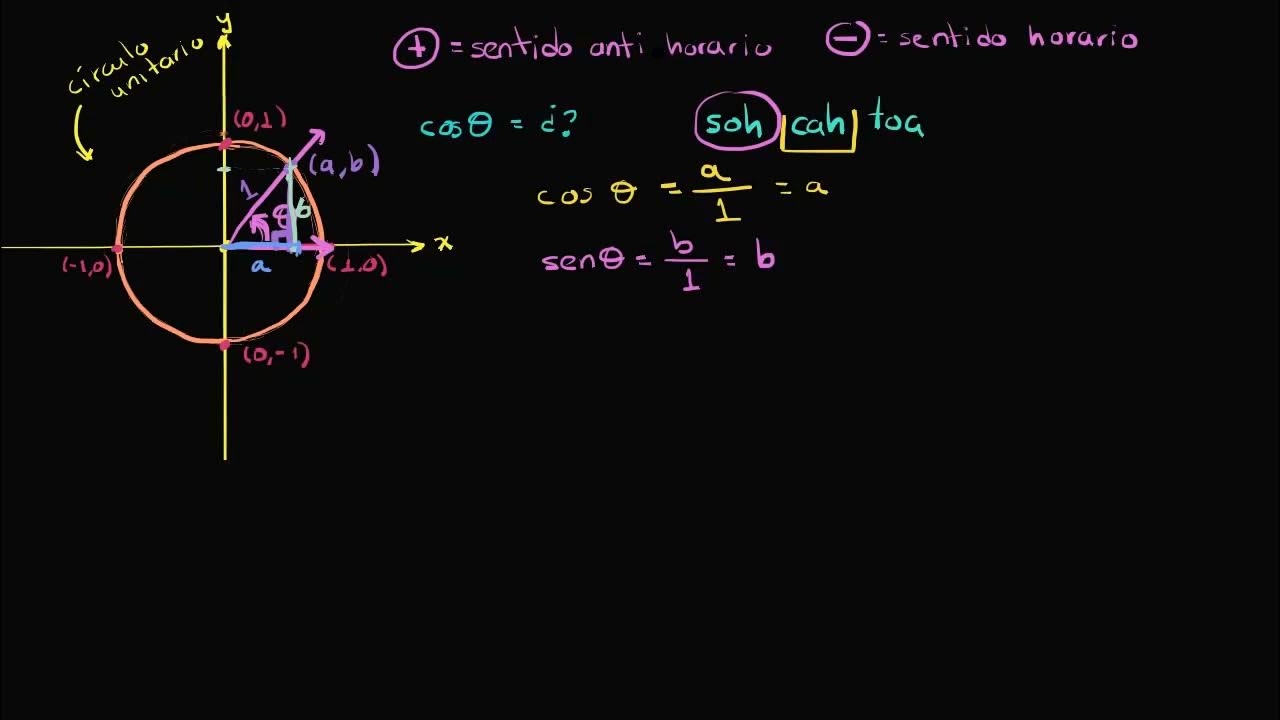Introduction to Sinusoidal Functions
Summary
TLDRThis video introduces sinusoidal functions, focusing on sine and cosine derived from the unit circle. It explains the relationship between angles and height, using trigonometric ratios to graph these functions. The sine and cosine functions are periodic, with a period of 360° and an amplitude of 1. The video also discusses the concept of the axis of symmetry, showing how the graphs oscillate between 1 and -1. Practical applications like modeling Ferris wheel motion are also explored. This foundational explanation sets the stage for understanding transformations and advanced real-life applications of sinusoidal functions.
Takeaways
- 😀 Sinusoidal functions are based on the sine and cosine functions, which are derived from the unit circle.
- 😀 A unit circle has a radius of one, and the sine and cosine functions describe the height and horizontal distance of points on the circle as it rotates.
- 😀 The sine function starts at 0, reaches 1 at 90 degrees, drops to -1 at 270 degrees, and completes a full cycle at 360 degrees.
- 😀 The cosine function starts at 1 when the angle is 0, reaches 0 at 90 degrees, and completes a cycle at 360 degrees.
- 😀 The amplitude of both sine and cosine functions is 1, which is the distance from the axis to the highest or lowest point of the graph.
- 😀 The period of both sine and cosine functions is 360 degrees, meaning they repeat every 360 degrees.
- 😀 The equation of the axis, or the midline, for both sine and cosine functions is y = 0, but this can change with vertical transformations.
- 😀 Trigonometric ratios like sine (opposite/hypotenuse), cosine (adjacent/hypotenuse), and tangent (opposite/adjacent) help determine values for the graph at various angles.
- 😀 Specific angle values like 30, 45, and 60 degrees are key points where sine and cosine functions have known values that can be used to plot the graph.
- 😀 Sinusoidal functions are periodic, meaning they repeat indefinitely in both directions, with real-life applications such as modeling the motion of a Ferris wheel.
- 😀 Understanding transformations of sinusoidal functions, like vertical shifts and stretching, is essential for manipulating and analyzing these graphs in more complex scenarios.
Please replace the link and try again.
Outlines

This section is available to paid users only. Please upgrade to access this part.
Upgrade NowMindmap

This section is available to paid users only. Please upgrade to access this part.
Upgrade NowKeywords

This section is available to paid users only. Please upgrade to access this part.
Upgrade NowHighlights

This section is available to paid users only. Please upgrade to access this part.
Upgrade NowTranscripts

This section is available to paid users only. Please upgrade to access this part.
Upgrade NowBrowse More Related Video

Trig Visualized: One Diagram to Rule them All (six trig functions in one diagram)

Tanda Fungsi Trigonometri Tiap Kuadran | Matematika Tingkat Lanjut SMA Kelas XI Kurikulum Merdeka

De eenheidscirkel (HAVO wiskunde B)

Introduction to the unit circle | Trigonometry | Khan Academy

Algebra 2 11.08d - Quadrantal Angles

Círculo unitario. Definición de funciones trigonométricas
5.0 / 5 (0 votes)